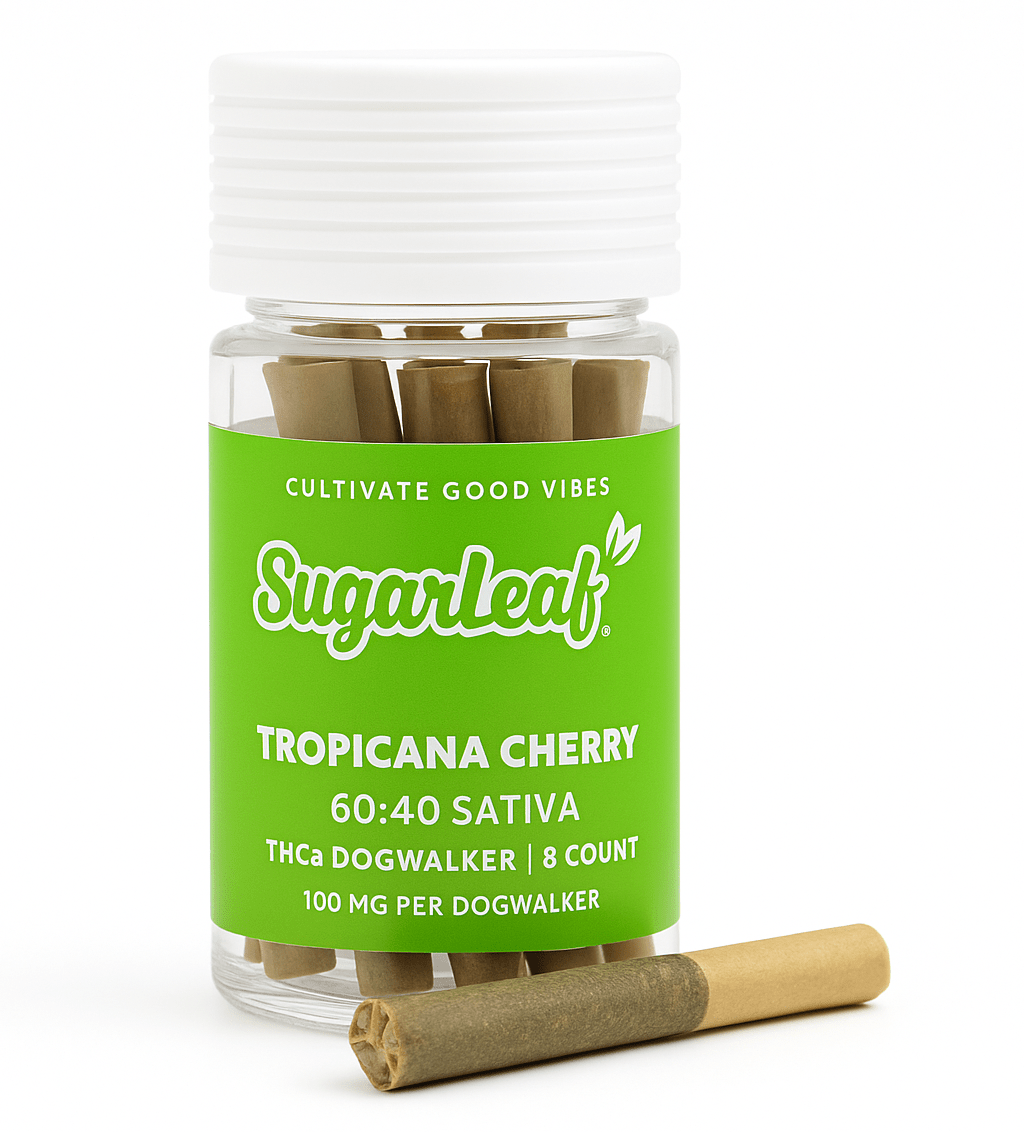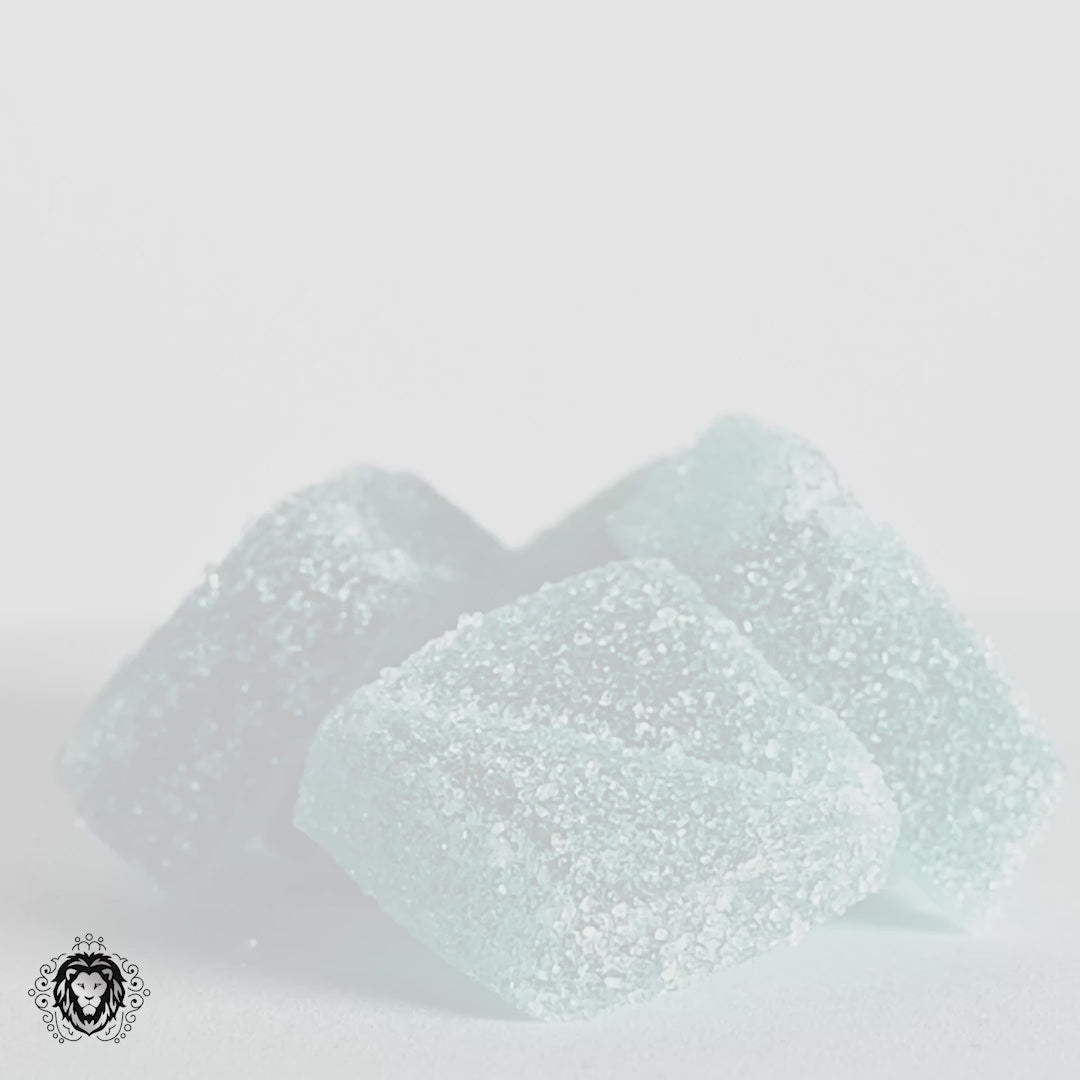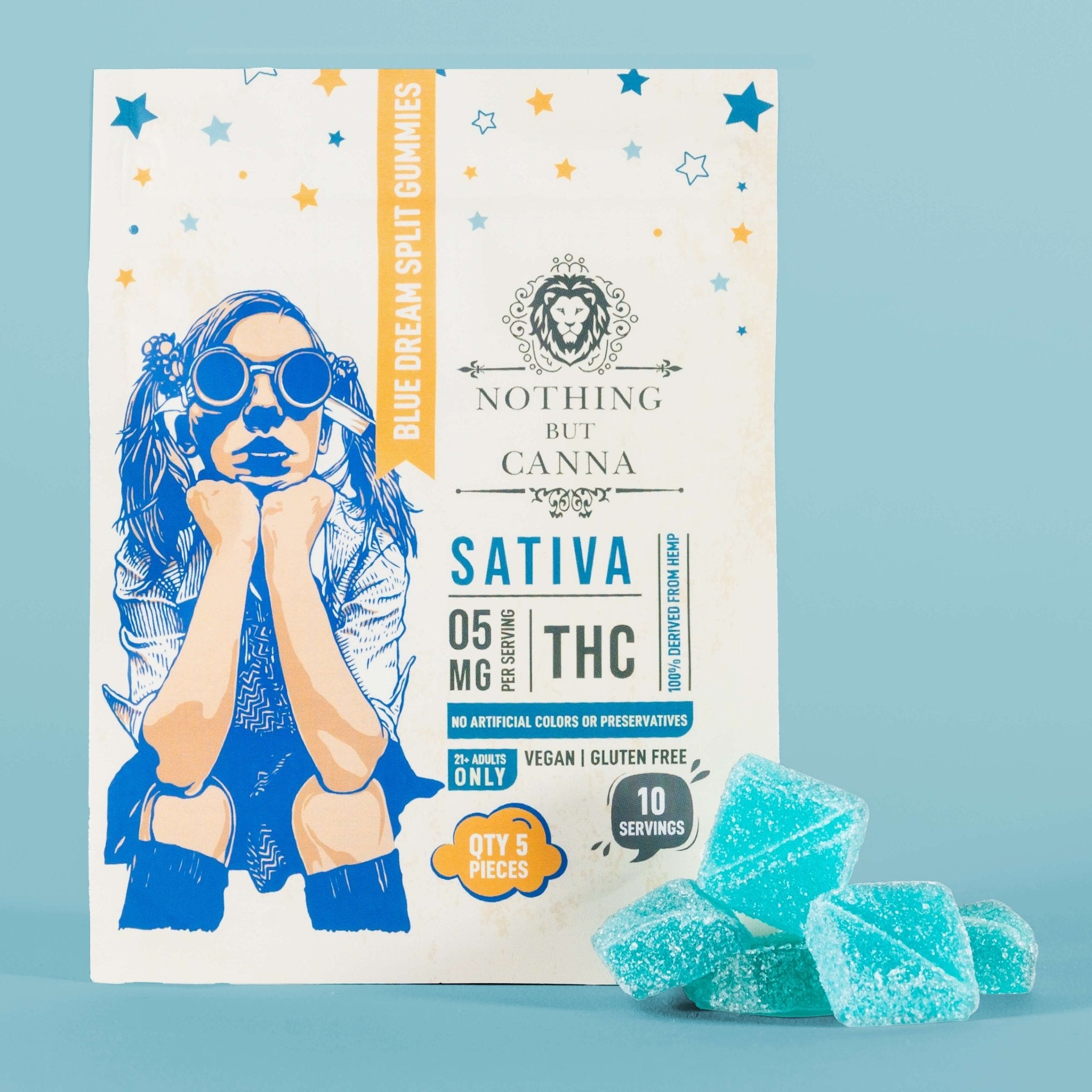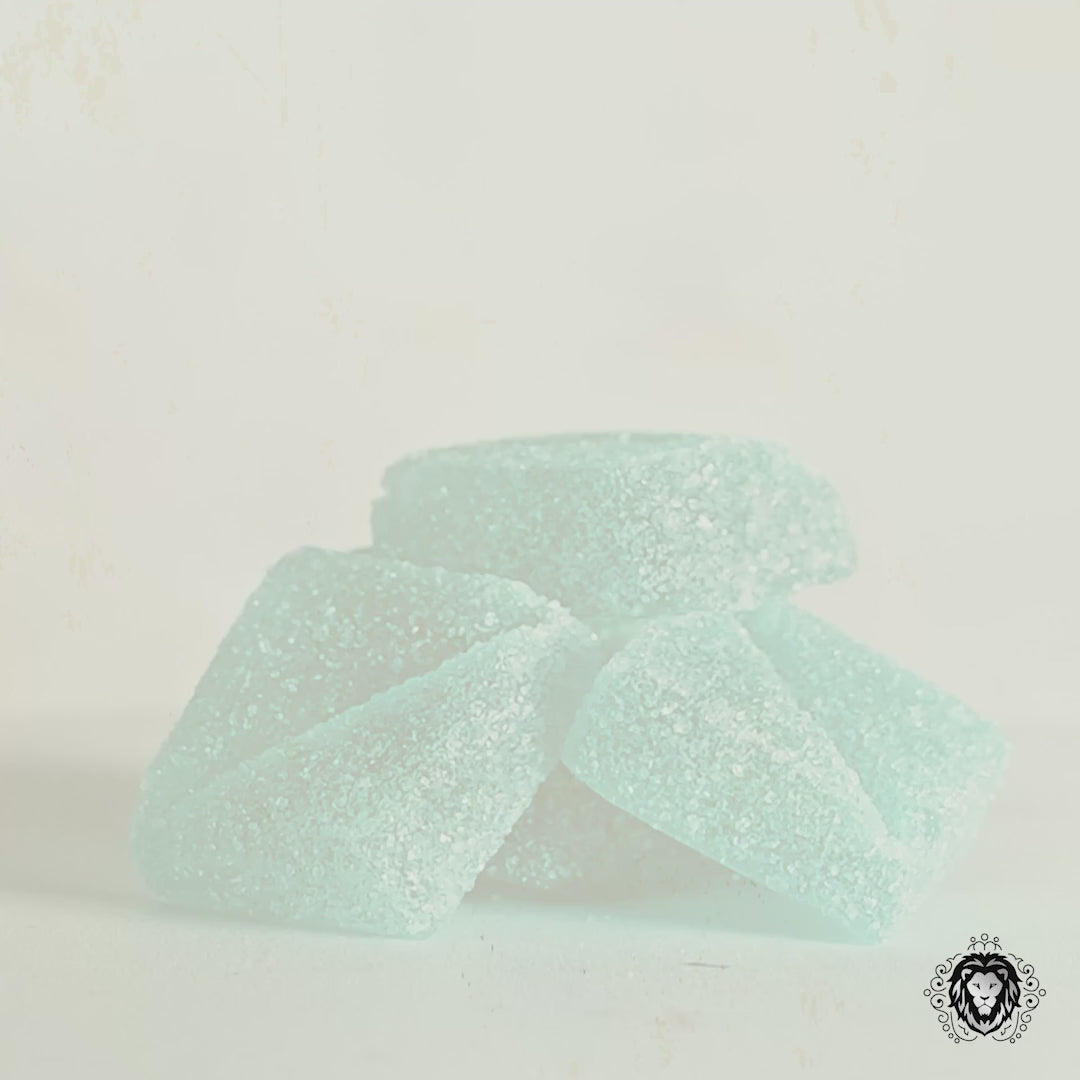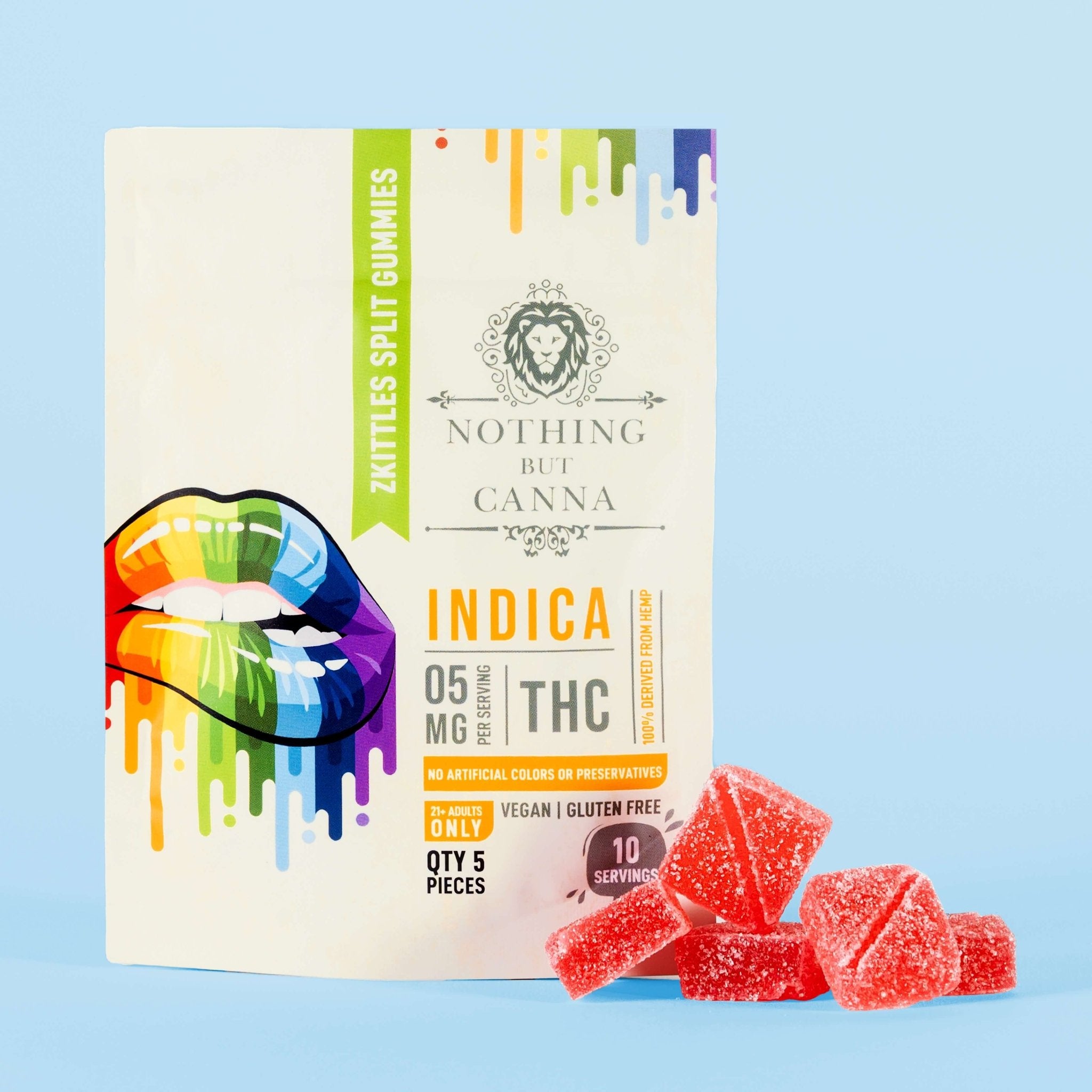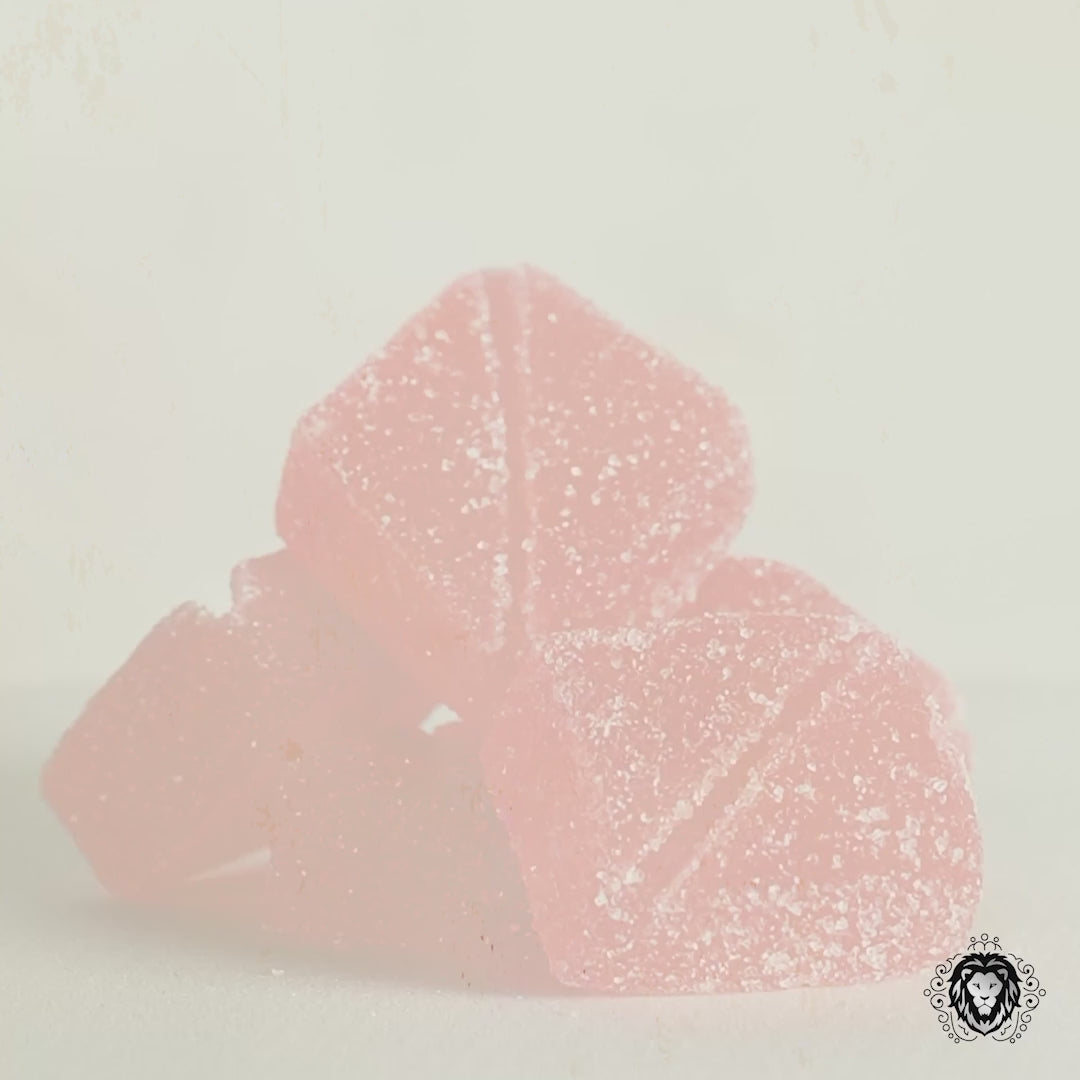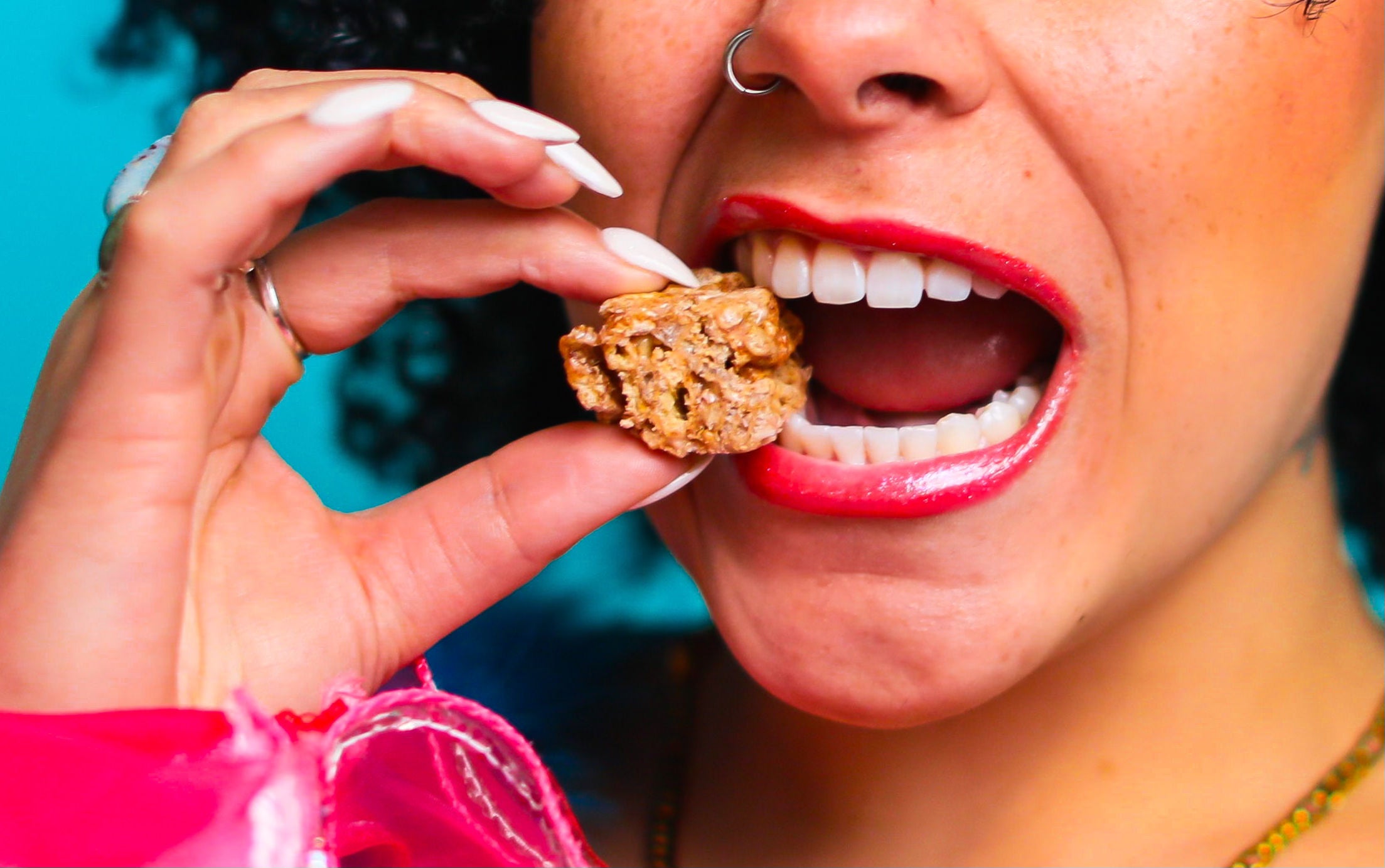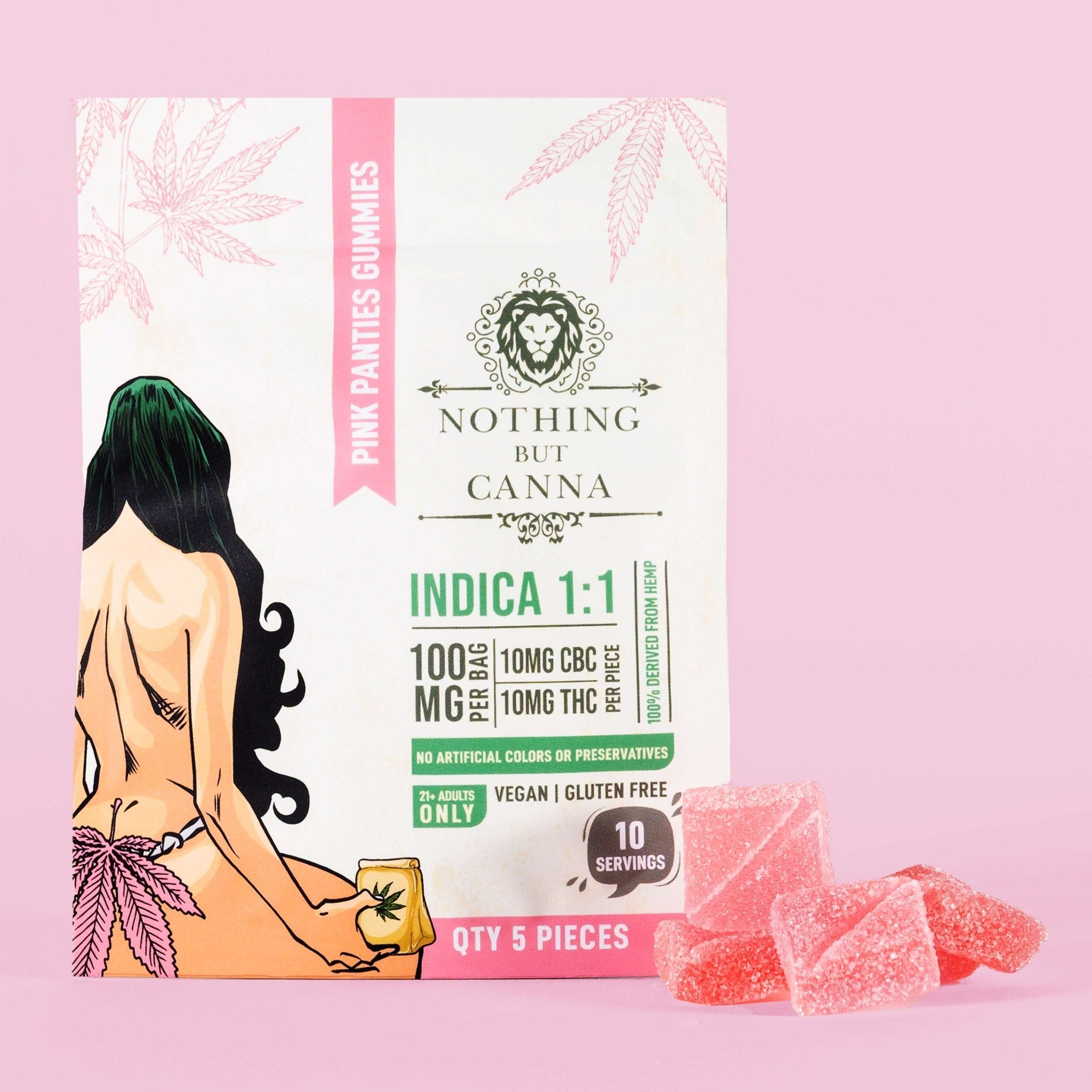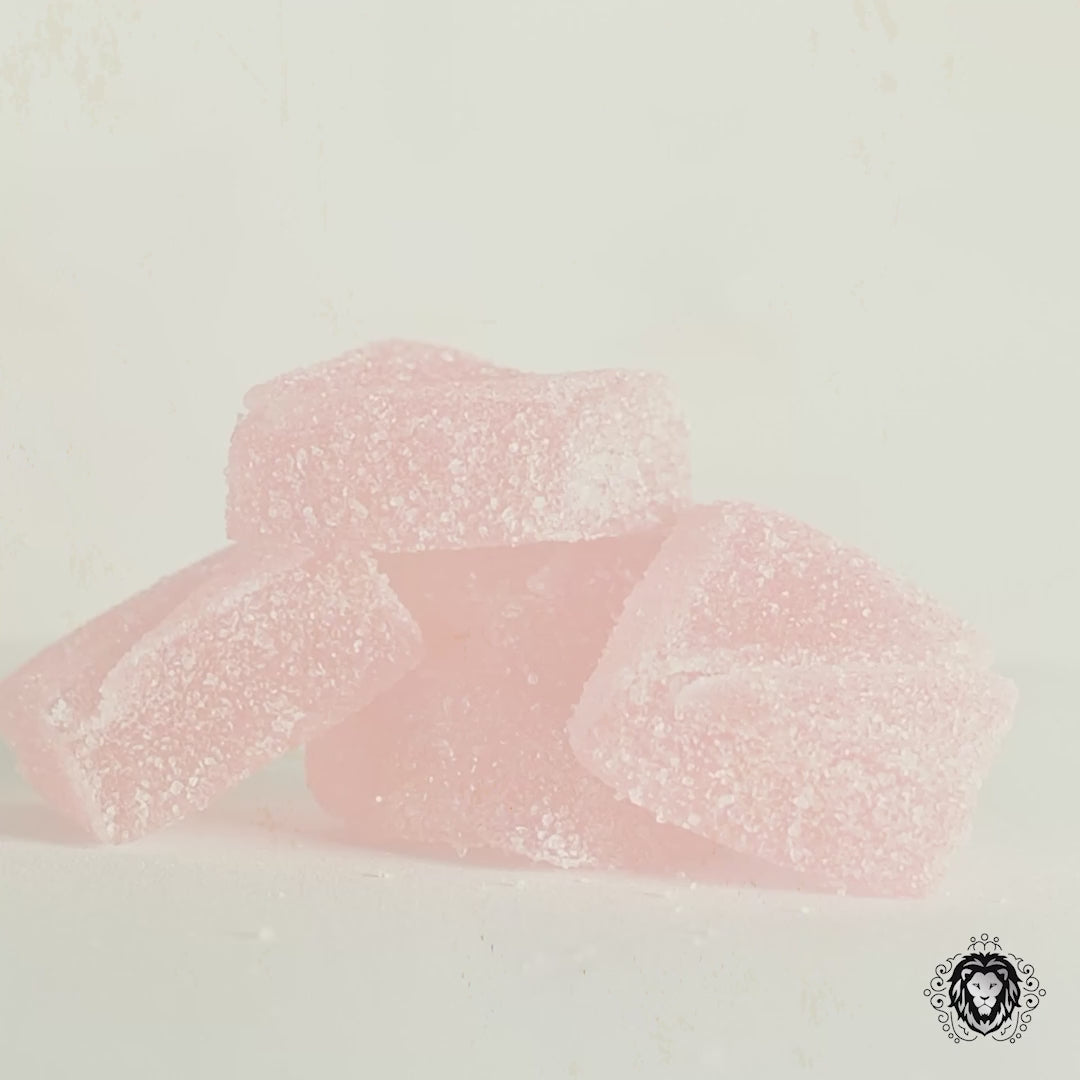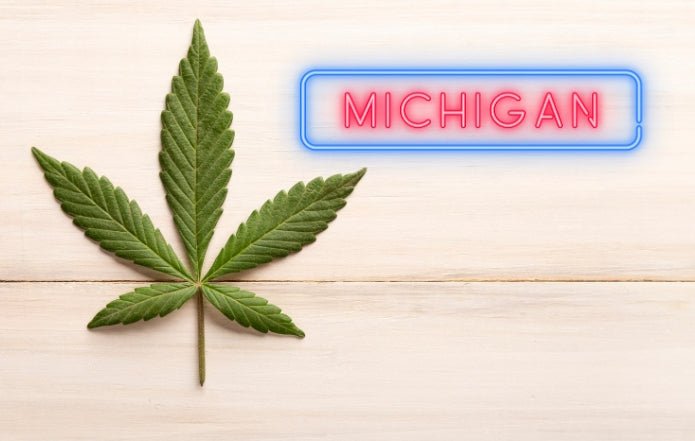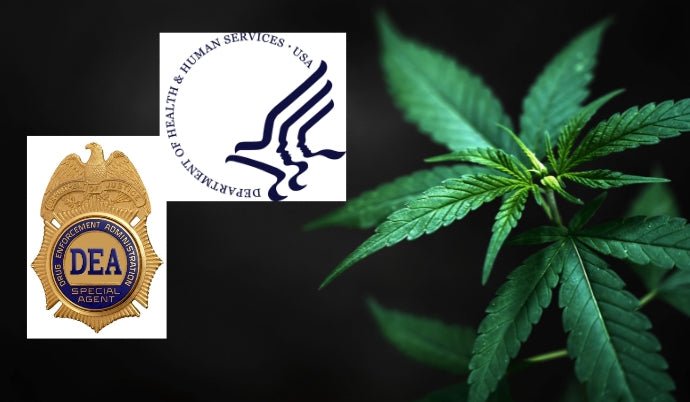Hemp advocates have been lobbying for an adjustment for years, but now a scientist from the National Institute of Justice (NIJ) is also questioning the threshold limit.

The word “law” represents a wide array of concepts in the English language. Likewise, not all laws are created equal. Some, like the law of gravity, carry a universal meaning that transcends language, species, and galaxies. Others, like the 2018 Farm Bill, are just arbitrary rules agreed upon by a small subset of humans to govern behavior in a specific period for specific items and activities, such as what constitutes legal hemp.
Most legal statutes arise out of a need to prevent harmful or societally negative actions by individuals or organizations. Murder, theft, assault, and other rather apparent acts come to mind when most people think about the need for “law and order.” Then there are those laws that seem more like the fantasy of lovers of red tape, bureaucracy, and the unbearable minutia of micromanaging human behavior.
In those cases, laws are almost utilized as maniacal control mechanisms to steer behavior and, in most instances, money in a particular direction or for a specific purpose. While the primary purpose of the 2018 Farm Bill (and all past and future ones) was to fund programs like SNAP (Food Stamps) and other massive agricultural spending initiatives, it also removed hemp from the Controlled Substances List, legalizing the plant and all of its downstream products and uses for the first time in almost a century.
In making this seismic change in policy, lawmakers had to decide what constituted hemp. They chose to somewhat randomly and oddly land on a threshold level of 0.3% delta-9 THC as the demarcation line in separating legal hemp from illegal marijuana. All parts of the cannabis sativa plant containing less than 0.3% delta-9 THC became designated hemp. At the same time, all other portions became categorized as cannabis.
As a result, the entire hemp industry has developed and rapidly expanded across the country based entirely on this seemingly minuscule and arbitrary number. Now, as first reported by Marijuana Moment, a government researcher has come forward to question the scientific validity of the 0.3% threshold limit.
According to Frances Scott, a physical scientist at the National Institute of Justice (NIJ) Office of Investigative and Forensic Sciences under the DOJ, while the intent behind the low THC standard is to prohibit individuals from accessing intoxicating hemp products, the justification of the particular 0.3% rule is not especially grounded in science.
“It’s just a really hard line, and it’s a really low line,” Scott said during an episode of the Justice Today podcast posted this month.
"It’s just a really hard line, and it’s a really low line."
- Dr. Frances Scott, Physical Scientist at the National Institute of Justice (NIJ)
Scott led a study in 2022 involving the testing of dozens of product offerings derived from legal hemp. Her team’s findings were published in Police Chiefs Magazine, revealing that the “vast majority” exceeded the 0.3% THC limit, making them technically marijuana.
“Some of these were like 0.35 percent, 0.4 percent, okay? So they’re really tiny amounts,” she said. “The implication is, this is legitimate farmers legitimately trying to grow hemp. They’re not trying to grow illicit marijuana and get you high because, quite frankly, you’d have to smoke a joint the size of a telephone pole to get much off of that 0.35 percent, right?”
"Some of these were like 0.35 percent, 0.4 percent, okay? So they’re really tiny amounts. The implication is, this is legitimate farmers legitimately trying to grow hemp. They’re not trying to grow illicit marijuana and get you high because, quite frankly, you’d have to smoke a joint the size of a telephone pole to get much off of that 0.35 percent, right?"
- Dr. Frances Scott, Physical Scientist at the National Institute of Justice (NIJ)
During her research, Scott also discovered the somewhat random origins of the 0.3% threshold limit.
“It’s sort of fascinating where that 0.3 percent came from, too. It seems to have come from, like, one mention hypothetically in an article from the 1950s, and kind of got picked up and run with,” Scott said.
"It’s sort of fascinating where that 0.3 percent came from, too. It seems to have come from, like, one mention hypothetically in an article from the 1950s, and kind of got picked up and run with."
- Dr. Frances Scott, Physical Scientist at the National Institute of Justice (NIJ)
That specific 0.3% delta-9 THC by dry weight definition also creates additional problems for hemp manufacturers, most notably for products like “lotion or an oil,” Scott explained. To combat those issues and provide some rational scientific basis for regulating the still-burgeoning market sector, many hemp advocates, stakeholders, and scientists, like Scott, believe the law should be amended, raising the THC limit to one percent for compliant hemp (an idea also proposed in a standalone bill from Rep. Chellie Pingree (D-ME) in 2022).
Regardless, Congress and the regulatory bodies in charge of monitoring the growth and safety of the legal hemp industry must change the guidelines and statutes governing the market sector to survive in the long term. Hopefully, congressional leaders will take the feedback from scientific voices like Dr. Scott and make the necessary adjustments and revisions to the recently extended Farm Bill when it comes up for the renewal debate later this year.




